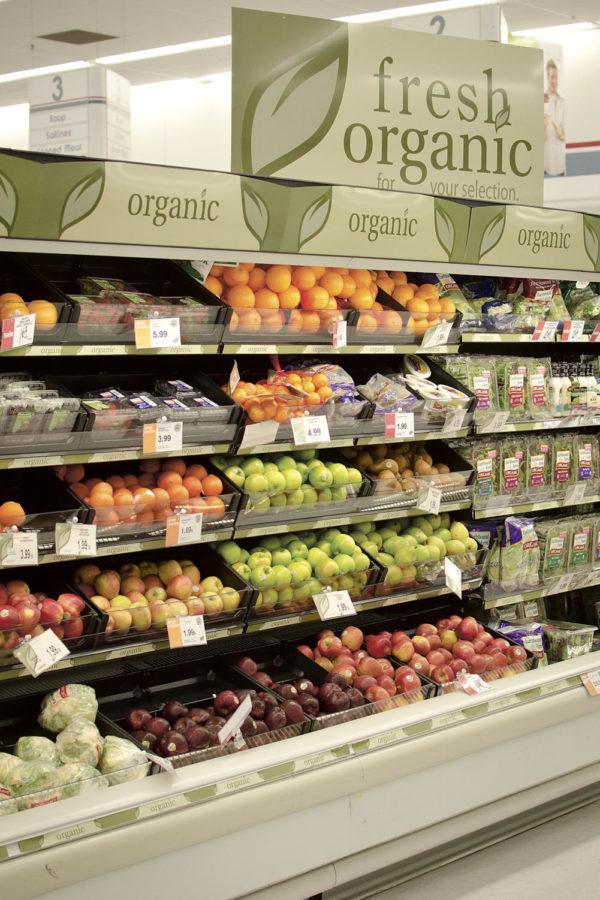Hy-Vee, Iowa State team up to upgrade nutritional labels
September 24, 2015
Hy-Vee and the ISU Food Science and Human Nutrition program have teamed up to produce new labels for meals at more than 235 Hy-Vee locations.
New labels were required as result of new additions to the Affordable Care Act. These new additions require the amount of calories to be listed next to products.
Six interns from the food science and human nutrition program were chosen to help put the project into action. Rose Martin, senior lecturer in food science and human nutrition, posted a job listing, talked to her 361 class about the opportunity and then chose the interns.
“When I initially heard about this project and that it was for Hy-Vee, I was really excited to work with them. They are an excellent company,” said Molly Seibel, senior in dietetics who was chosen as an intern.
Chuck Seaman, Hy-Vee vice president of compliance and food protection, oversees the project. He said the assistance from the food science and human nutrition faculty and students has been crucial to complying with the new regulation.
“The interns we’ve had on the project have been top-notch,” Seaman said. “It’s been a joy to work with them.”
The task was tedious. Every recipe had to be analyzed and reanalyzed. While working with the students, Martin said the titles were tricky.
While most people would just call a cupcake a cupcake, the team would have to determine, along with Hy-Vee, whether it should categorize the cupcake as a chocolate cupcake or a bakery chocolate cupcake.
“The most important thing I can take away from this project is just how important communication and detail is in a project of this size,” Seibel said. “When communicating with each other, the attention to detail is so important because the recipes are very diverse and there are so many of them.”
Students learned how to convert grams into cups, ounces, teaspoons, tablespoons, et cetera.
“The manufacturer of a food ingredient will give it to you in a 100-gram weight,” Martin said. “So having to go between grams and measurements that we use took somebody with some food knowledge.”
The interns also learned how to use new technologies and software.
“I have really grown in my technical skills working with Food Processor, the recipe-analyzing program. However, just like any program, it is not always perfect,” Seibel said. “Because of this, I have also expanded my problem-solving skills, thinking outside the box to correct mistakes that the program makes or mistakes within the recipe itself given to us by the supplier.”
Martin said the new labels already make a personal difference. She will choose a sandwich that is 200 calories rather than 300 if it is listed on the label.
The labels have also made a difference in the interns’ lives.
“Understanding everything that goes into a project like this and of this size is truly only something you can experience firsthand to get a full grasp of,” Seibel said.
Siebel said she picked up useful, real-world experience by being a part of the team and learned to solve problems that may arise in her future career.
“The project has provided us the opportunity to review and reinvent a number of processes,” Seaman said. “With these enhancements, we can be flexible and more responsive in providing nutritional information for new ingredients, recipes and product offerings at our stores.”







